This New Year, embrace India's rich culture with our unique textile calendar. Dhara Vora invites textile historian Rta Kapur Chishti to suggest a sari that you can discover for every month of 2015
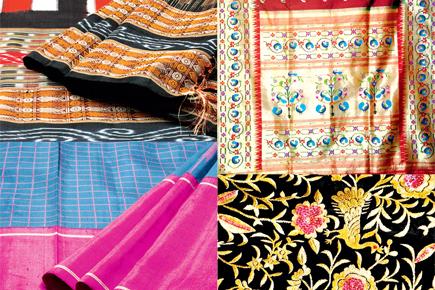
Sari
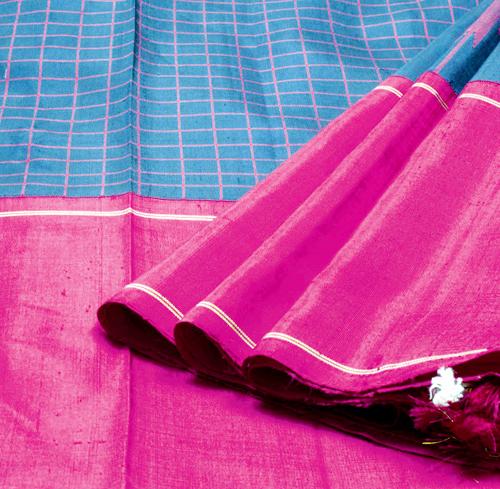
ADVERTISEMENT
January - Korvai
The three-shuttle woven heavy silk sari gets a pure dark blue in the body. Both shuttles carrying the pink red for the borders, interlock with the body dark blue-carrying shuttle, and return to the borders, except when they flow into the body for the weft check. A low twist two-ply silk is used in the warp with a three-ply weft to give the sari its drape and weight. Mainly from Tamil Nadu, it’s also woven in Karnataka and Andhra.
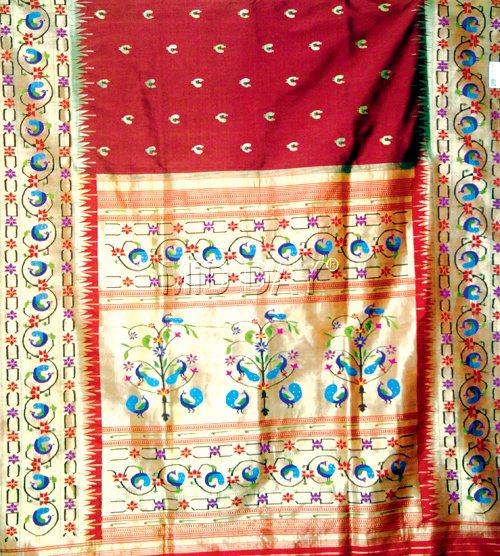
Pic/Shadab Khan
February - Paithani
The Paithani silk sari is distinguished by the interlock patterning in its pallu end piece and its heavy warp patterned borders that provide a weighty drape to the sari. In the photograph is a Paithani worth '2.65 lakhs that was on sale at the annual New Wave Paithani exhibition in the city in 2011.
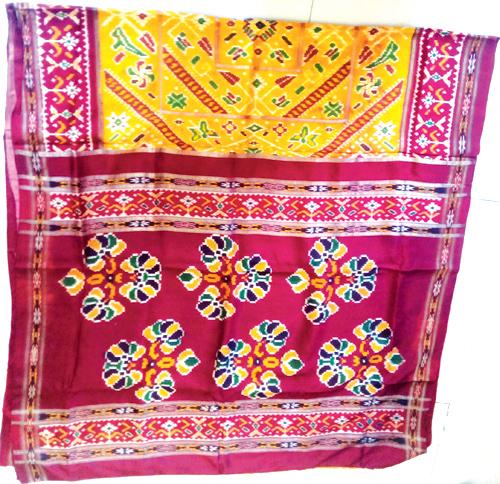
March - Patola
The Patola is distinguished by its warp and weft yarn resist patterns that are tied and dyed from the palest to the deepest colour, covering over with ties, the colour that needs to be retained, and not dyed over again. The pattern is visualised before the sari is woven and the yarns reveal the pattern as it is woven. The dyed yarns fall in place to create patterns with pure colour overlaps.
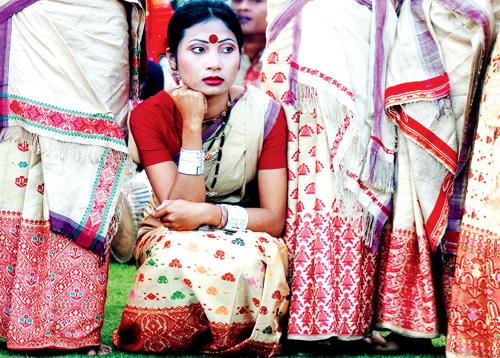
April - Mekhla
The Mekhla from Assam is woven at its finest with low twist muga silk of golden hue with heavily plied silk or cotton weft pattering that stands out from the ground in high relief. The Mekhla is traditionally worn as a two-piece drape but in the last 20 years, it is being woven as a single length sari as well. Pic/AFP

May - Chanderi
The Chanderi, from Madhya Pradesh is a sari that was traditionally woven with fine pure cotton in the body and pure silk and zari borders. Since the 1960s, silk has been introduced in the warp with cotton wefts as it is easier to weave. Traditionally, the cotton warps were typically left kora or undyed, with colour only in the weft yarns and that is how the pastel colour palate of Chanderi has evolved.
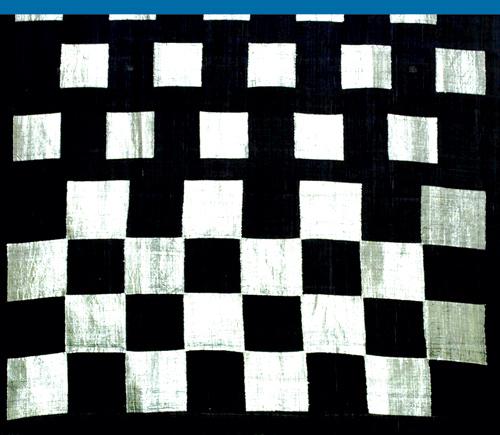
Pic courtesy/ www.parisera.com/taanbaan
June - Jamdani
Jamdani uses the technique of inlay patterning with gold, silver or coloured yarn to create the lightest cotton saris ideal for summer. The ground could be woven with the finest handspun muslin yarn in a palate that could vary from kora unbleached white to pastels to the darkest indigo. Jamdani as a technique is widely used in Bengal, Uttar Pradesh but in this case has been woven in Andhra Pradesh.
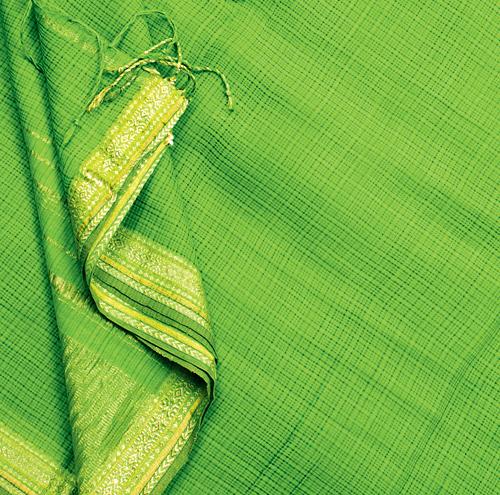
Pic courtesy/ www.parisera.com/taanbaan
July - Kota Check
This pure cotton creates a fine self check with the play of density of yarn placement in warp and weft combined with fine zari patterned extra warp borders that make it ideal for the damp monsoon months.
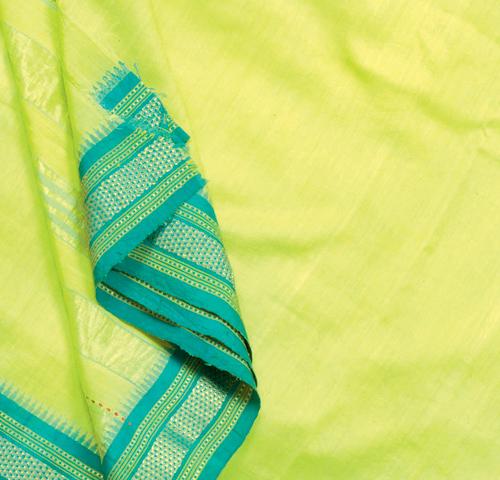
Pics courtesy/ www.parisera.com/taanbaan (Also for Korvai )
August - Karvat Kathi
This sari woven in North Maharashtra uses a silk warp with a fine khadi weft with pure silk borders achieved by weaving with three shuttles. It creates a soft subtle drape that is ideal for the fading monsoon months.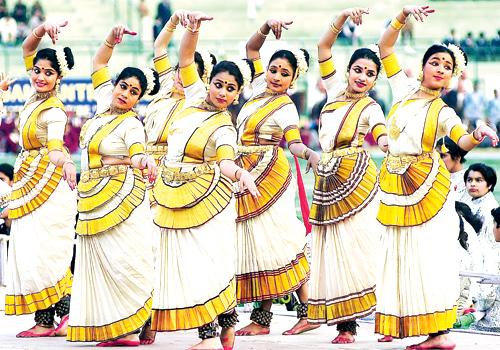
Pic/AFP
September - Kerala Sari
Kerala saris are known for the fine densely woven cottons with limited pattern elements such as the arrow shaft at the two ends of its ribbed raised from the ground pallu end pieces. These saris have evolved from the two piece draped mundu-veshti.
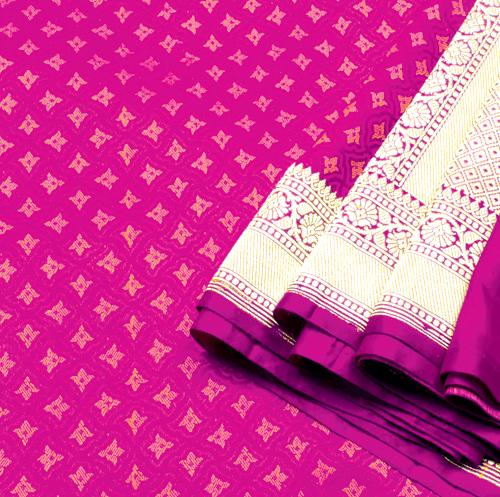
pic courtesy/ www.parisera.com/taanbaan
October - Varanasi Silk Sari
These are heavy low twist satin silks which use multiple coloured wefts to create a richness of colour and texture combined with heavy zari borders and end pieces that provide a luxurious drape.
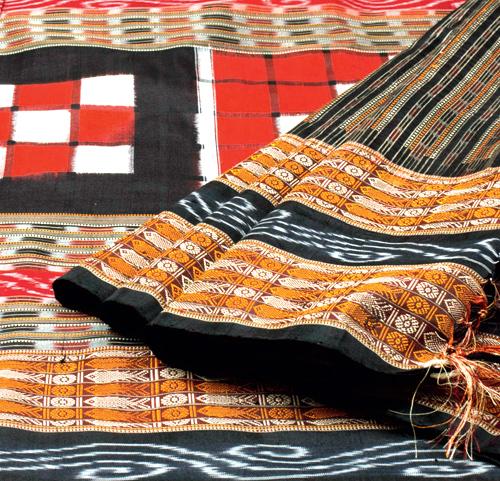
Pic courtesy/www.parisera.com/taanbaan
November - Vichitrapad Orissa Ikat
This traditional Vichitrapad sari combines the warp-weft yarn resist double ikat technique to create the pure colour checks in the body along with extra warp patterning in its three borders and extra weft in the pallu end pieces.

December - Gara
The Gara sari is a classic Parsi inheritance that was first embroidered on rich self-patterned imported Chinese silks. When their import was banned between the two World Wars, Surat rose as a silk producing centre for these embroidered saris. Some Chinese embroiderers settled in places such as Navsari in Gujarat to cater to the requirements of the Parsi community. The photograph shows details of a gara sari by the label My Beautiful Embroideries.
 Subscribe today by clicking the link and stay updated with the latest news!" Click here!
Subscribe today by clicking the link and stay updated with the latest news!" Click here!






